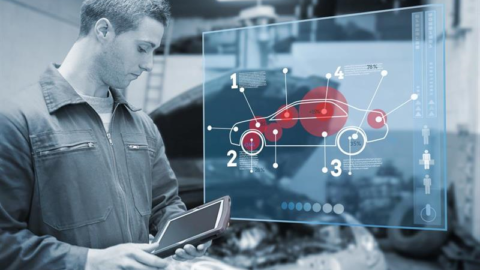
Manufacturers are changing day by day to keep pace with increasingly demanding customer requirements, and one of the potential solutions is technological innovation.
In the race for technology, the concept of the Digital Twins integrating the Internet of Things in Industry (IIoT) is a prominent trend today. Digital twins can be made to many fields in industrial environments. They can be an entire facility, or an asset owned by that facility, or just a manufactured product. Furthermore, digital twins can be designed and applied to thousands of different domains. They allow managers to evaluate production, simulate products (in a variety of environments), support machine tools, monitor systems and diagnose equipment failures.
How digital twins help manufacturers speed up improving their products
The digital twins can predict a problem before it happens or damages a product. It assists manufacturers in immediate troubleshooting by adjusting the parameters contained in the transmission line. It also allows engineers to analyze product performance by comparing the simulated version with the actual version. The digital twin can also diagnose products that are already on the market in the same industry. It helps technicians identify the necessary tools in the troubleshooting process without having to spend the effort on unrelated items. It also provides health feedback on the products in use and shows the percentage of customers who are using that product. These feedback will be sent to the product development unit and the production department to help improve the product’s performance, thereby bringing customer satisfaction. Industry digital twins give supervisors, managers, and workers more power than they normally would.
Connect the real world and the digital world
The digital twins also offer better connections between people and machines. For example, a manager sitting thousands of miles away can still control equipment operating in the factory through a digital model. Digital replication engineer can solve problems by eliminating faulty components in the system. The digital twins give access to professionals who have a broader and more understanding of the machine at work and the entire process.
Digital twins help complete the product cycle. Manufacturers today do not extend their relationship with customers, they do not collect after-sales product data. This will prevent them from getting a feedback from the customer and thus it will be difficult for subsequent versions of the product line to achieve satisfaction from a consumer perspective. The digital twins provide feedback via IoT to manufacturers, allowing the flow of data to partly help create new innovations that meet consumer needs.
Productivity and Quality Office